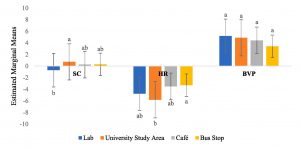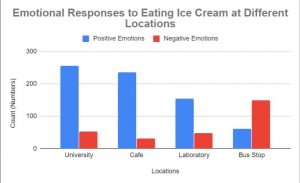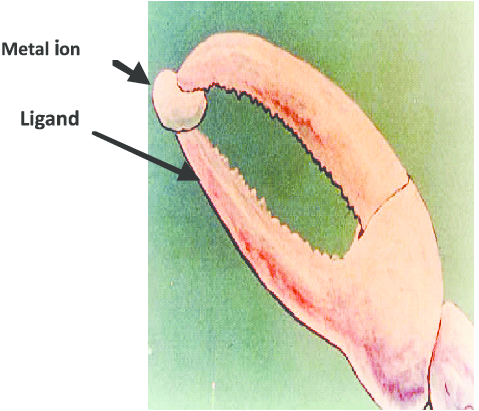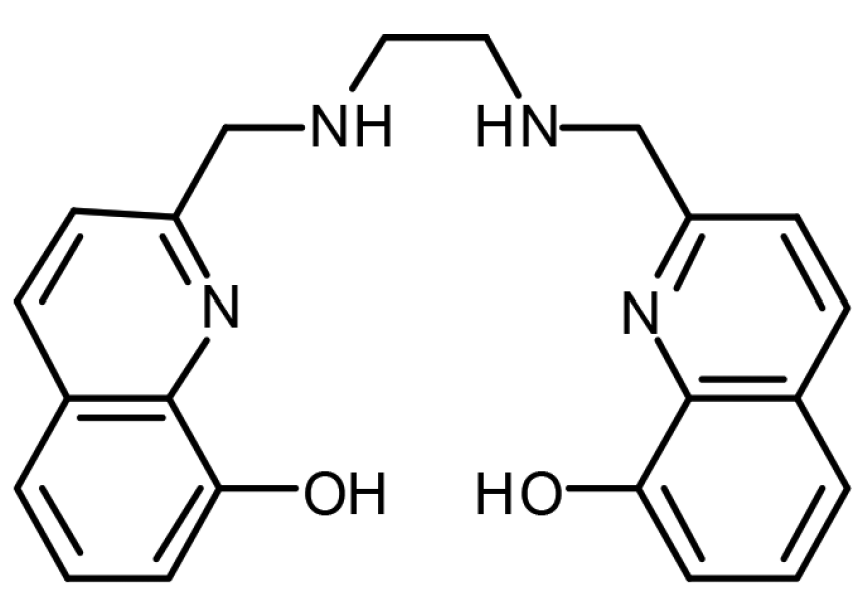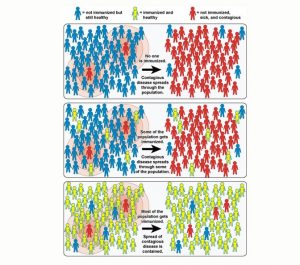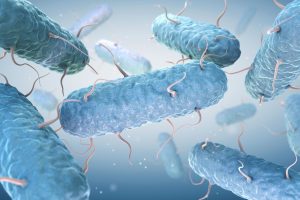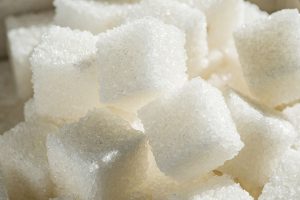Did you know that not all bacteria is bad? In some cases, they cause diarrhea, stomach ulcers, and even intestinal diseases. However, what if I told you scientists have found a way to manufacture antibiotics that are used to treat these bacterial infections from bacteria themselves?
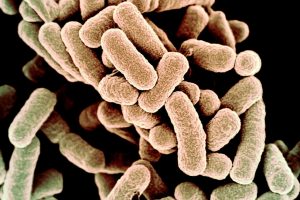
Scanning Electron Microscope view of bacteria. Retrieved from: NYTIMES
Dr. Jason Hedges and Dr. Katherine Ryan of the University of British Columbia took a look into finding new enzymatic pathways for synthesizing nitroimidazole, which is a component in the antibiotic, azomycin.
So what is the point of this whole process and why do we even want to use bacteria to synthesize antibiotics?
By finding more ways to develop antibiotics from bacteria, this improves our knowledge on biosynthetic pathways. This is beneficial not only for the scientific community, but for the public as well. As bacteria develop resistances to antibiotics over time, the discovery of new antibiotics would be able to treat more patients suffering from bacterial infections.
How is this done?
Now how could something that sounds so complex be done? Let us take a look at their process step-by-step.
Like all scientists do, background research was performed to see how previous scientists went about finding ways to develop antibiotics from bacteria. To do so, a bioinformatics search was performed. Bioinformatics is essentially ‘googling’ information about a certain topic, but in this case, they would be using a scientific database such as the National Centre for Biotechnology Information (NCBI).
A cryptic gene cluster was found in the bacterial strain Streptomyces cattleya. This along with various enzymes were the main points of interest. Their goal was to use L-arginine; a fundamental building block of proteins, and find a way to convert this into nitroimizadole (a component of the antibiotic, azomycin
Theoretically, a blueprint on how L-arginine would be converted to nitroimidazole was developed. However, experiments must be conducted to see if the pathway would work in real life, and not just on paper.
Figure 1 – Biosynthetic pathway towards nitroimidazole. Retrieved from: Hedges and Ryan, 2019
Through experimentation, the pathway as shown in figure 1 was deemed to have synthesized nitroimidazole successfully. The next step was to determine whether or not azomycin could be synthesized from Streptomyces cattleya. Unfortunately, they were unsuccessful in detecting any levels of nitroimidazole in the bacteria samples. They concluded that potentially a different molecule had been synthesized, or that this specific gene cluster is silent (inactivate).
Although Hedges and Ryan were unable to find a definitive pathway to synthesizing azomycin utilizing bacteria, their work was able to disprove aa few reaction schemes in the scientific community, allowing for further research to be conducted.
Science is not always about success. In science, you must fail in order to succeed. Their work provides a stepping stone into further scientific research such a finding other biosynthetic pathways in the synthesis of other antibiotics.
Literature Cited:
Hedges, J. B.; Ryan, K. S. In Vitro Reconstitution of the Biosynthetic Pathway to the Nitroimidazole Antibiotic Azomycin. Angewandte Chemie International Edition 2019, 58 (34), 11647–11651.
-Jackson Kuan






